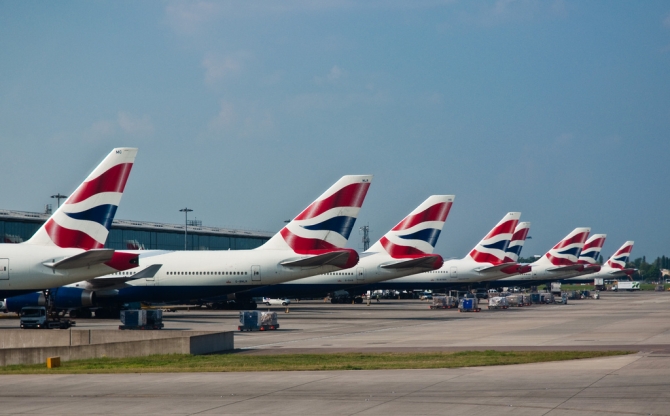The issue of airport capacity in the UK has proven to be one of the most hotly debated topics of the year, with numerous different parties backing a range of solutions. Two of the frontrunners to gain an additional runway at this point are Heathrow and Gatwick, both of which have submitted revised plans for their futures to the Airports Commission this week in a bid to secure one of the most coveted opportunities of the past decade.

Heathrow’s revisions largely deal with the main threat to its expansion – the impact an increase in air traffic would have upon residents of the local area. Official estimates show that up to 240,000 Londoners would be affected by an increase in noise pollution should a third runway be added to the site, even if this runway is an extension of the existing northern runway to the west as is the current preferred proposal.
In order to make room for a third runway at Heathrow, a total of 750 homes would have to be demolished in the surrounding area. However, the airport’s revised plan shows that it intends to offer 25 per cent above the market value for any affected properties, while those in the surrounding area will be eligible for improved noise insulation.
Chief executive of Heathrow, Colin Matthews, says; “We are committed to treating those most affected by a third runway fairly.
“Since the previous runway plan was rejected in 2010 we have listened to ideas for how we could improve our proposals.”
The airport is also considering implementing a congestion charge around the Heathrow site, hoping that this will reduce the number of people dropping off passengers by car to benefit the local environment. Each of these proposals will be discussed with local residents during a consultation period this summer, after which Heathrow is expected to submit a final proposal for consideration.
However, Heathrow’s report throws into stark clarity the fact that an expansion could prove to be highly costly – something which Gatwick used to its advantage in its report. It argued that, at a cost of £7.8 billion, a second runway would provide better value for money; especially as it would allow 10 million more passengers per year to travel than if the Heathrow expansion went ahead.
Time and impact were also major features of Gatwick’s proposal, as the airport’s board believe the new runway could be delivered around five years earlier than Heathrow could feasibly manage. Additionally, displacing local residents would not be an issue, as only 14,000 people would be affected by an increase in noise pollution due to the relatively rural location.
Gatwick chief executive Stewart Wingate summed up the airport’s argument, saying; “Why would you choose to fly a quarter of a million more planes every year over one of the world’s most densely populated cities when instead you can fly them mostly over fields?”
While a final decision will not be made by the Airports Commission until after the 2015 general election, it seems that the competition between Heathrow and Gatwick is only set to grow in the run up.
Previous Post
Tokyo Commercial Property Market led the World in Q1